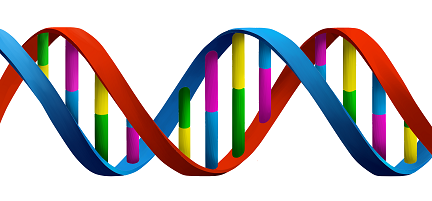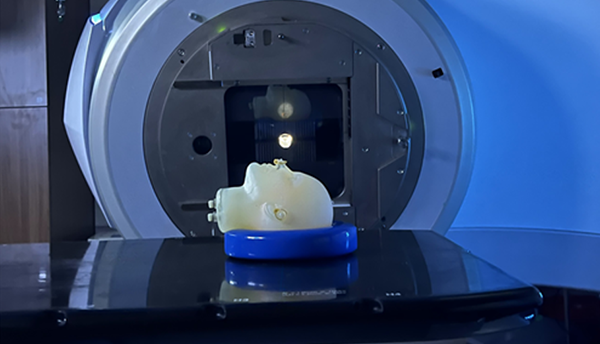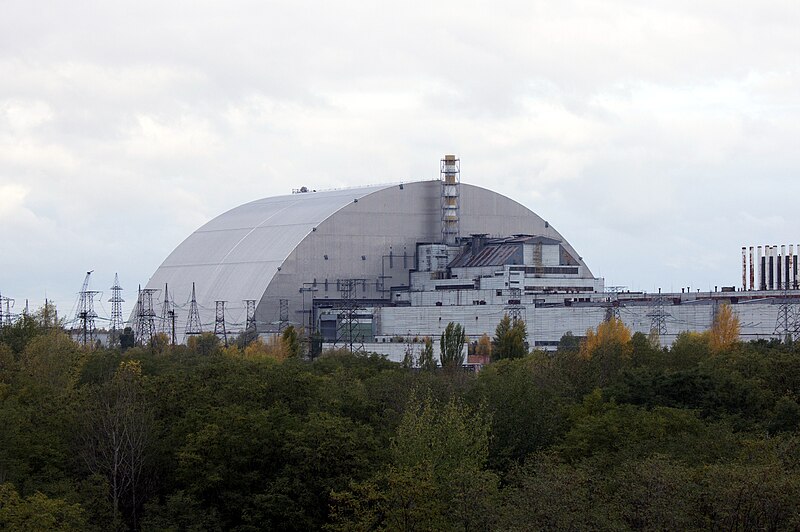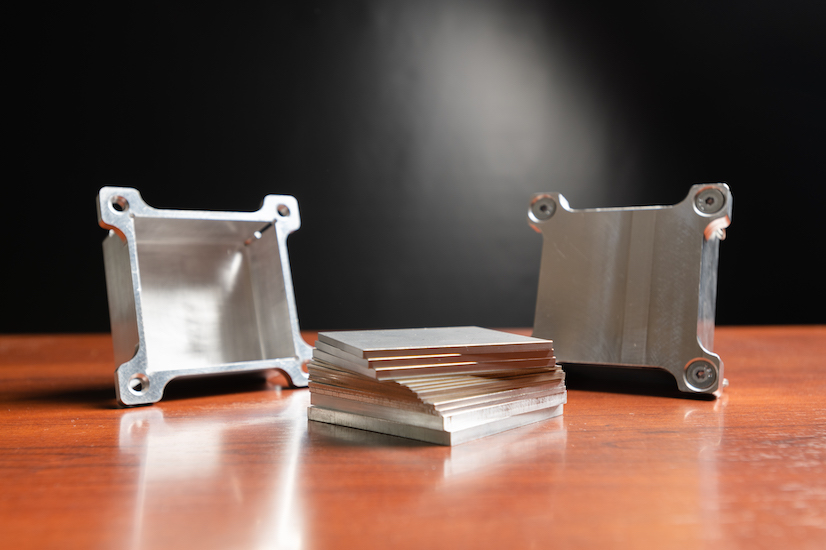Accepting the Science of Biological Effects of Low Level Radiation
A group of past presidents and fellows of the American Nuclear Society has composed an important open letter to ANS on a topic that has been the subject of controversy since before I first joined the society in 1994. The subject line of that letter is "Resolving the issue of the science of biological effects of low level radiation." The letter is currently the only item on a new web site that has been created in memory of Ted Rockwell, one of the pioneers of ANS and the namesake of its award for lifetime achievement.
LNT and "no safe dose"
Ted was a strong science supporter who argued for many years that we needed to stop accepting an assumption created in the 1950s without data as the basis for our radiation protection regulations. That assumption, which most insiders call the "LNT"-linear no-threshold dose response-says that risk from radiation is linearly proportional to dose all the way to the origin of zero risk, zero dose.
Many people who support the continued use of this assumption as the basis for regulation plug their ears and cover their eyes to the fact that those who oppose the use of nuclear energy, food irradiation, or medical treatments that take advantage of radiation's useful properties translate our mathematically neutral term into something far more fear-inspiring: They loudly and frequently proclaim that the scientific consensus is that there is "no safe dose" of radiation.
Some people who support the use of nuclear energy and who are nuclear professionals help turn up the volume of this repeated cry:
Delvan Neville, lead author of the study and a graduate research assistant in the Department of Nuclear Engineering and Radiation Health Physics at Oregon State University, told the Statesman Journal Apr. 28, "You can't say there is absolutely zero risk because any radiation is assumed to carry at least some small risk."
While most scientists and engineers understand that the LNT assumption means that tiny doses have tiny risks that disappear into the noise of daily living, the people who scream "no safe dose" want their listeners to believe it means that all radiation is dangerous. They see no need to complicate the conversation with trivial matters like measurements and units (I am being ironic here).
Scientists and engineers almost immediately ask "how much" before starting to get worried; but others can be spurred into action simply by hearing that there is "radiation" or "contamination" and it is coming to get them and their children. When it comes to radiation and radiation dose rates, we nuclear professionals have not made it easy for ourselves or for the public, using a complicated set of units, and in the United States remaining stubbornly "American" by refusing to convert to the international standards.
Aside: There is no good reason for our failure to accept international radiation-related measurement units of Sieverts, Bequerel, and Grays. Laziness and "it's always been that way" are lousy reasons. I'm going to make a new pledge right now-I will use International System of Units (SI) units exclusively and no longer use Rem, Curies, or Rad. After experiencing the communications confusion complicated by incompatible units during and after the Fukushima event, the Health Physics Society adopted a position statement specifying exclusive use of SI units for talking or writing about radiation, and perhaps ANS should adopt it as well. End Aside.
Physics or biology?
Leaving aside the propaganda value associated with the cry of "no safe dose," an important factor that supports a high priority to the effort to resolve the biological effects of low-level radiation is the fact that the LNT uses the wrong science altogether.
The LNT assumption was created by persons who viewed the world through the lens of physics. When dealing with inanimate physical objects all the way down to the tiniest particles like neutrons, protons, mesons, and baryons, statistics and uncertainty principles work well to predict the outcome of each event. An atom that fissions or decays into a new isotope has no mechanism that works to reverse that change. A radiation response assumption that applies in physics, however, is an inadequate assumption when the target is a living organism that has inherent repair mechanisms. Biology is the right science to use here.
At the time that the LNT was accepted, decision-makers had an excuse. Molecular biology was a brand new science and there were few tools available for measuring the effects that various doses of radiation have on living organisms.
The assumption itself, however, has since inhibited a major tool used by biologists and those who study the efficacy of medical treatments: Since all radiation was assumed to be damaging and could only be used in medicine in cases where there was an existing condition that might be improved, it was considered unethical to set up well-designed randomized controlled trials to expose healthy people to carefully measured doses of radiation while having a controlled, unexposed group.
Instead, health effects studies involving humans have normally been of the less precise observational methods of case-control or cohort variety, with occupationally or accidentally exposed persons. The nature of the exposures in those studies often introduces a large measurement uncertainty, and there are complicating factors that are often difficult to address in an observational study.
Science marches on, but will LNT?
Molecular biology and its available tools have progressed dramatically since the LNT was adopted by BEIR I (Committee on the Biological Effects of Ionizing Radiation) in 1956. It is now possible to measure effects, both short-term and long-term, and to watch the response and repair mechanisms actually at work. One of the key findings that biologists have uncovered in recent years is the fact that the number of radiation-induced DNA events at modest radiation dose rates are dwarfed, by several orders of magnitude, by essentially identical events caused by "ordinary" oxidative stress.
This area of research (and others) could lead to a far better understanding of the biological effects of low-level radiation. Unfortunately, the pace of the research effort has slowed down in the United States because the Department of Energy's low dose research program was defunded in 2011 for unexplained reasons.
It is past time to replace the LNT assumption with a model that uses the correct scientific discipline-biology, rather than physics-to predict biological effects of low-level radiation. I'll conclude by quoting the final paragraph of the ANS past presidents' open letter, which I encourage all ANS members, both past and present, to read, understand, and sign:
The LNT model has been long-embedded into our thinking about radiation risk and nuclear energy to the point of near unquestioned acceptance. Because of strict adherence to this hypothesis, untold physiological damage has resulted from the Fukushima accident-a situation in which no person has received a sufficient radiation dose to cause a significant health issue-yet thousands have had their lives unnecessarily and intolerably uprooted. The proposed actions will spark controversy because it could very well dislodge long-held beliefs. But as a community of science-minded professionals, it is our responsibility to provide leadership. We ask that our Society serve in this capacity.
Additional reading
Yes Vermont Yankee (June 23, 2014) "No Safe Dose" is Bad Science. Updated. Guest Post by Howard Shaffer
Atomic Insights (June 21, 2014) Resolving the issue of the science of biological effects of low level radiation

____________________

Adams
Rod Adams is a nuclear advocate with extensive small nuclear plant operating experience. Adams is a former engineer officer, USS Von Steuben. He is the host and producer of The Atomic Show Podcast. Adams has been an ANS member since 2005. He writes about nuclear technology at his own blog, Atomic Insights.






